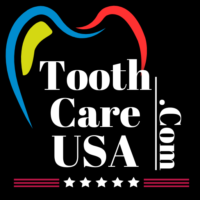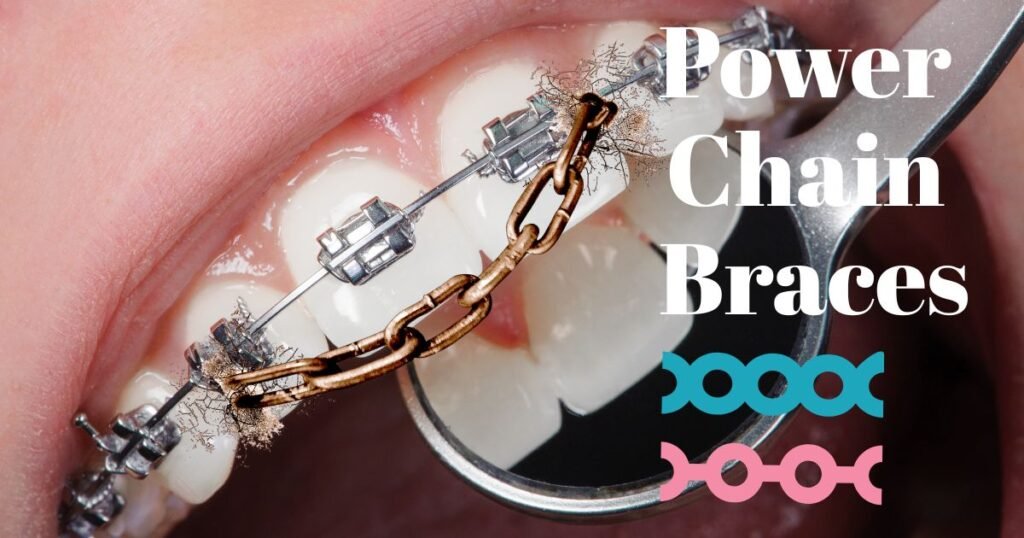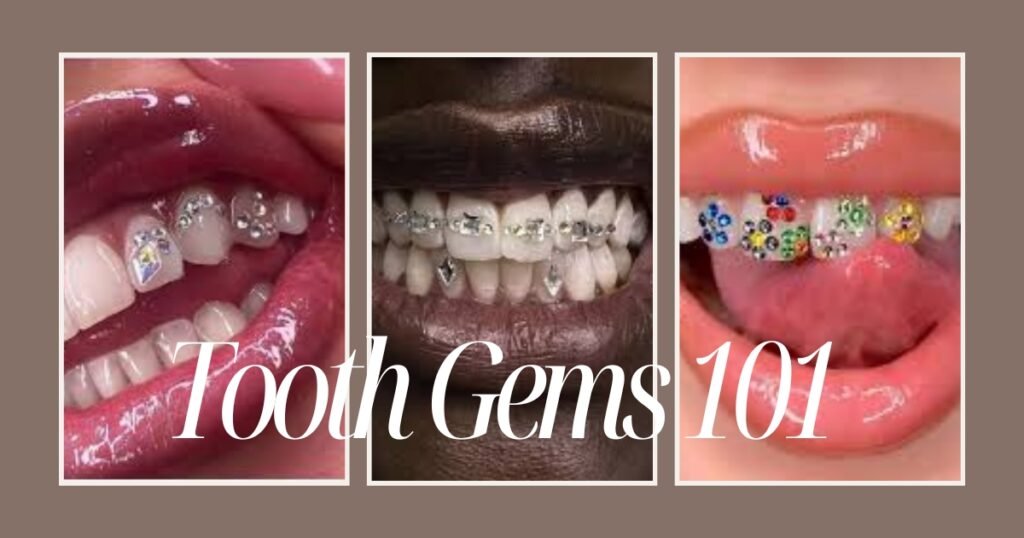Orthodontic treatment often involves various procedures to achieve optimal dental alignment and function. One such procedure is tooth extraction, commonly referred to as “pulling teeth for braces.” This article delves into the reasons, considerations, and implications of tooth extractions in orthodontics, providing a comprehensive understanding for those considering or undergoing braces.
The Rationale Behind Tooth Extractions in Orthodontics
Tooth extraction in the context of braces is primarily undertaken to address specific dental issues that impede proper alignment. The primary reasons include:
- Severe Crowding: When the jaw lacks sufficient space to accommodate all teeth, leading to misalignment. zaradental.com
- Protruding Teeth: Teeth that extend outward significantly can be repositioned more effectively when space is created through extraction. Premier Orthodontics
- Bite Correction: Issues like overbites or underbites may require extractions to facilitate proper bite alignment. Premier Orthodontics+2Gulfside Dental & Orthodontics+23ddentalgroup.com+2
Types of Teeth Commonly Extracted
The specific teeth targeted for extraction are typically those that will most effectively alleviate the orthodontic issue:
- Premolars: Often removed to address crowding and create space for the alignment of anterior teeth. Wikipedia+13ddentalgroup.com+1
- Molars: Less commonly extracted but may be considered in cases of severe misalignment or decay.
- Incisors or Canines: Rarely extracted, usually only in cases of extreme crowding or misplacement.
The Extraction Process: What to Expect
Understanding the extraction procedure can alleviate apprehensions:
- Consultation: An orthodontist evaluates the need for extraction through clinical examination and imaging studies.zaradental.com
- Anesthesia: Local anesthesia is administered to ensure a pain-free experience during the extraction.
- Extraction: The dentist or oral surgeon removes the designated tooth/teeth.Gulfside Dental & Orthodontics+2highlandsdentalarts.com+2Premier Orthodontics+2
- Recovery: Post-extraction care involves managing swelling, bleeding, and adhering to dietary recommendations to promote healing.
Advantages of Tooth Extractions for Braces
Opting for extractions can offer several benefits:3ddentalgroup.com
- Enhanced Alignment: Creates necessary space for teeth to move into proper positions.Labbe Family Orthodontics+43ddentalgroup.com+4gavinismydentist.com+4
- Improved Bite Function: Facilitates correction of bite issues, leading to better chewing efficiency.
- Aesthetic Improvement: Contributes to a more harmonious dental appearance and facial profile.3ddentalgroup.com+11drandreastevens.com+1132andu.com+11
Potential Drawbacks and Considerations
While beneficial in many cases, extractions are not devoid of concerns:
- Facial Profile Changes: Excessive extractions can lead to a flattened facial appearance. akdsmiles.com
- Orthodontic Relapse: There’s a risk of teeth shifting back if post-treatment protocols aren’t followed diligently. Comprehensive Family Dental+1SELF+1
- Extended Treatment Duration: Extractions may prolong the overall time required for orthodontic treatment.
Alternatives to Extractions
In certain scenarios, orthodontists may consider non-extraction approaches:westcoastinternational.com+1bracesplaces.com+1
- Palatal Expansion: Widening the upper jaw to create additional space.
- Interproximal Reduction: Slight reshaping of teeth to gain minor space.
- Advanced Orthodontic Appliances: Utilizing devices designed to move teeth without necessitating extractions.
Case Studies: Extractions in Practice
To illustrate, consider the following scenarios:
- Case A: A patient with severe crowding underwent premolar extractions, resulting in successful alignment and improved bite function.
- Case B: An individual with a protrusive profile had extractions to retract front teeth, enhancing facial aesthetics.
Post-Extraction Care and Maintenance
Effective post-extraction care is crucial for optimal outcomes:
- Adherence to Oral Hygiene: Maintaining cleanliness to prevent infection.
- Dietary Adjustments: Consuming soft foods during the initial healing phase.
- Regular Follow-Ups: Attending scheduled appointments to monitor progress and make necessary adjustments.
Conclusion
Deciding on tooth extractions as part of orthodontic treatment involves careful consideration of various factors. While “pulling teeth for braces” can be instrumental in achieving desired dental outcomes, it’s imperative to consult with experienced orthodontic professionals to determine the most appropriate course of action tailored to individual needs.highlandsdentalarts.com+3Labbe Family Orthodontics+3Hallgren Orthodontics+3
15 detailed FAQs on pulling teeth for braces
Why do orthodontists recommend pulling teeth for braces?
Orthodontists recommend pulling teeth for braces when there’s not enough space in the mouth for proper alignment. This helps in correcting crowding, overbites, and jaw misalignments. Tooth extraction allows braces to move remaining teeth into their ideal positions. Without enough room, straightening teeth might be impossible or could create long-term issues with the bite or jaw function.
Key Reasons:
Severe crowding
Jaw too small for all teeth
Protruding front teeth
Preparing for bite correction
Aligning teeth for better function and aesthetics
Which teeth are usually pulled before getting braces?
The most commonly pulled teeth for braces are the first premolars. These are located behind the canines and offer the best space for alignment. In rare cases, molars or even baby teeth may be removed, depending on the age and needs of the patient. Your orthodontist determines which teeth go after studying X-rays and your bite.
Commonly Extracted Teeth:
First premolars
Occasionally second premolars
Severely decayed or impacted teeth
Retained baby teeth in younger patients
Sometimes molars (in complex cases)
Does pulling teeth for braces hurt?
The extraction process is done under local anesthesia, so you won’t feel pain during the procedure. You may feel pressure, but it’s not painful. Afterward, mild discomfort, swelling, and soreness are common, but pain medications and proper care can manage these easily. Recovery usually takes a few days to a week.
What to Expect:
Numbing during procedure
Pressure sensation (no pain)
Mild swelling after extraction
Over-the-counter pain relief helps
Usually heals in 3–7 days
How long after pulling teeth can you get braces?
Braces are usually placed about 1 to 2 weeks after tooth extraction. This gives your gums time to heal and prevents irritation when brackets and wires are installed. However, in urgent cases, some orthodontists may begin treatment immediately or within a few days.
Typical Timeline:
Healing starts within 1–3 days
Full gum closure in 1–2 weeks
Braces often placed after 1–2 weeks
Earlier if healing is fast and gums look good
Doctor will decide based on healing progress
Can you get braces without pulling teeth?
Yes, not all patients need extractions. Modern orthodontic techniques sometimes make extractions avoidable, especially for minor crowding or spacing. Tools like expanders or clear aligners help move teeth without removing any. Your orthodontist will evaluate whether tooth removal is necessary based on your dental structure and goals.
Alternatives to Extraction:
Palatal expanders
Clear aligners
Interproximal reduction (shaving small amounts of enamel)
Growth guidance appliances
Minor crowding managed by repositioning only
What are the risks of pulling teeth for braces?
ooth extraction is generally safe, but risks include pain, swelling, infection, and dry socket. Long-term concerns include over-reduction of facial fullness if too many teeth are removed, or relapse if retainers aren’t worn post-treatment. Choosing an experienced provider reduces these risks significantly.
Possible Risks:
Temporary pain or swelling
Dry socket
Infection
Shift in facial profile
Risk of teeth moving back without retainers
Will pulling teeth affect my smile?
When done correctly, pulling teeth for braces improves your smile by creating room for alignment. In rare cases, over-extraction may lead to a flatter facial profile or excessive gaps. A well-planned orthodontic treatment ensures a balanced, attractive smile and better bite.
Smile Impact:
Usually enhances smile appearance
Can improve symmetry
Allows better alignment of front teeth
Over-extraction may affect profile shape
Follow-up care helps maintain results
Can pulling teeth cause face changes?
Yes, removing teeth can slightly change facial structure. When planned well, these changes are positive—like improved jawline or corrected protrusions. However, too many extractions or poor planning can cause sunken cheeks or a flat profile. That’s why orthodontists carefully plan the number and location of extractions.
Potential Changes:
Improved jaw structure
Reduced lip protrusion
Balanced facial symmetry
Flattening if overdone
Depends on age and facial development stage
Is pulling teeth for braces safe for children?
Yes, it’s safe for children when done under professional supervision. Dentists usually remove baby teeth or premolars to guide permanent teeth into place. Early extraction helps prevent more complex issues later in life. Pediatric orthodontists are trained to minimize discomfort and risk.
Child Safety Factors:
Common in mixed dentition phase
May involve baby or permanent teeth
Reduces future alignment problems
Local anesthesia used
Fast healing in young patients
How much does pulling teeth for braces cost?
The cost varies based on how many teeth are pulled and where you live. On average in the U.S., a simple tooth extraction ranges from $100–$300 per tooth. Complex extractions can cost $200–$600. Insurance or Medicaid may cover part of the cost if medically necessary.
Cost Breakdown:
Simple extraction: $100–$300
Surgical extraction: $200–$600
Insurance may cover part
Medicaid may help (if medically needed)
Total cost depends on case complexity
What’s the recovery time after pulling teeth for braces?
Most people recover in 3–7 days. Minor bleeding stops within 24 hours. Swelling usually peaks on day 2 and subsides afterward. You can return to school or work the next day but should avoid hard foods and strenuous activity for a few days.
Recovery Timeline:
Bleeding stops in 1 day
Swelling gone in 2–3 days
Pain improves after 3 days
Full healing within a week
Soft foods recommended for 3–5 days
Can you eat normally after pulling teeth for braces?
Not immediately. You’ll need to eat soft, cool foods for the first few days. Avoid hard, hot, or spicy items that could irritate the socket. Gradually, you can return to normal eating as the gum heals, usually after 5–7 days.
Post-Extraction Diet:
Day 1–3: Soups, yogurt, mashed potatoes
Avoid: Chips, nuts, straws, carbonated drinks
Chew away from extraction site
Reintroduce solid food gradually
Drink lots of fluids
How many teeth are usually pulled for braces?
It depends on the dental issue. For moderate to severe crowding, 2 to 4 premolars are typically removed—one on each side of both jaws. Sometimes only 1–2 are extracted if only part of the mouth needs space. The exact number is tailored to your treatment plan.
Usual Extraction Patterns:
2 premolars (mild cases)
4 premolars (moderate to severe crowding)
Baby teeth (in children)
Rarely molars or front teeth
Customized for your needs
Is pulling teeth always required before getting braces?
No. It’s only necessary when overcrowding, jaw discrepancies, or bite correction require space. Many people get braces without needing extractions. Orthodontists explore all other methods before choosing to remove teeth.
When It’s NOT Needed:
Mild crowding
Wide jaw space
Good alignment
Use of expanders or aligners
When teeth can shift without space issues
What happens if you refuse to have teeth pulled for braces?
If you refuse necessary extractions, your braces may not work effectively. You might not get proper alignment or bite correction. In some cases, your orthodontist may not proceed with treatment unless space is made for tooth movement.
Possible Consequences:
Incomplete alignment
Braces won’t correct bite properly
Teeth may relapse after treatment
Longer treatment time
May affect overall smile results

Dr. Niraj Ghanghoriya is a passionate dental surgeon with over 12 years of experience in clinical dentistry. He completed his BDS from the prestigious Sri Aurobindo Institute of Dentistry in 2012 and specializes in painless root canals, smile makeovers, and preventive oral care. Known for his patient-first approach and clear communication, Dr. Ghanghoriya aims to make dental knowledge accessible to everyone. When he’s not in the clinic, he enjoys writing informative dental blogs to help people take better care of their oral health.




